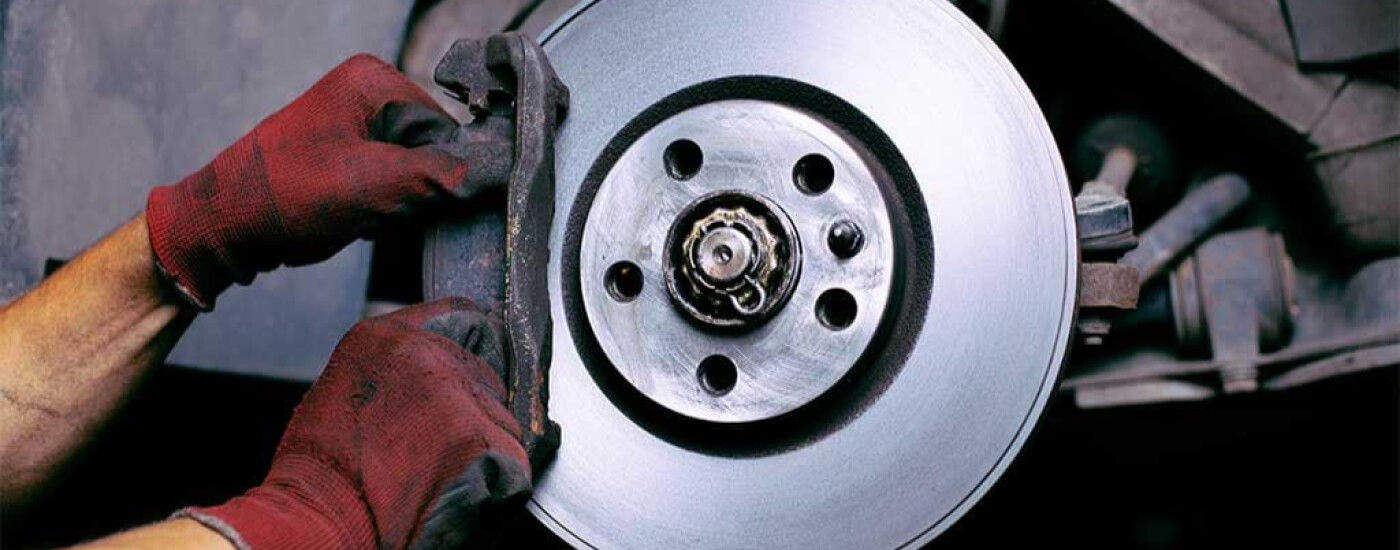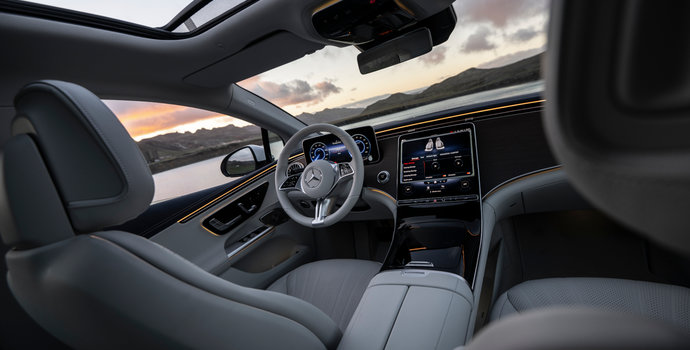What is Mercedes-Me Connect and How Does It Enhance Your Driving Experience?
Mercedes-Me Connect is transforming the way Mercedes-Benz owners in Brampton interact with their vehicles, integrating cutting-edge technology to make driving safer, easier, and more enjoyable. This comprehensive suite of features and services acts as a digital bridge between your Mercedes-Benz and your everyday life, redefining automotive convenience through advanced connectivity. Unveiling...







